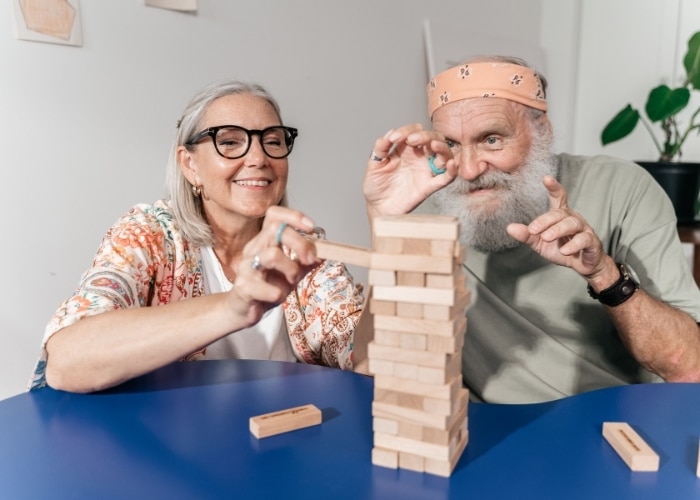Aged care providers have a role to play

How do you feel about getting older? What words do you associate with being older? How do you feel about older people?
These are the questions that led to the creation of EveryAGE Counts, Australia’s national coalition to end ageism.
We asked many people across Australia these questions. What we heard, with some exceptions, was a barrage of negativity, fear and trepidation. Getting older for many of us is associated with death, decline, dependence and dementia. It tends not to be a time of life we look forward to. But it can be a third of our lives.
Many of us see older people as difficult, troublesome, forgetful, a burden – much of which is reinforced by media and day-to-day rhetoric. In our Western culture, we value youth, beauty and strength, none of which we associate with older people. We devalue older people and this time of our lives.
Research over several decades shows that ageism against older people comes from these negative attitudes and beliefs about what it means to be and to get, older.
Ageism is stereotyping, discrimination and mistreatment based solely on age. Ageism is neither benign nor harmless.
It’s a big problem because it impacts our confidence, quality of life, job prospects, physical and mental health, control over life decisions, and the way we are viewed by society. Ageism limits choice and undermines rights, dignity and self-esteem of older people.
It divides us in ways that lead to harm, disadvantage and injustice and erodes solidarity across generations.
Ageism is pervasive and highly tolerated. It has three key aspects: how we think (assumptions and stereotypes), act (discrimination, mistreatment) and feel (prejudices and biases). Ageist norms operate across our society, attaching a lower value and greater stigma to older life than any other part of the life course.
These negative social views about ageing and older people can be carried into aged care services by the workforce, family members, decision-makers and older people themselves, reflecting values and attitudes in the broader Australian community.
Another important feature of ageism is that it treats all older people as if they are the same, despite great diversity based on chronological age, gender, cultural and linguistic backgrounds, economic backgrounds, locations, sexual identity, personal history, physical and cognitive health, quality of life preferences, and much more.
We see this homogeneous view of older people play out again and again in cultural stereotypes, media images, policies, program delivery and even in research methodologies.
But for those of us who are, or who work with older people, we know the great diversity of experience, backgrounds and preferences older people bring. We also know how much older people contribute and have to offer.
So, it is up to each of us to shift the prevailing narratives about ageing and to challenge these stereotypes and assumptions. We all have a role to play. We are all getting older.
While individuals can make a difference within their networks, aged care providers can have a broader impact on the lives of the numerous people to whom they provide services.
One of the most powerful evidence-based strategies to combat ageism is intergenerational contact. Research tells us that the more intergenerational contact we have, the less likely we are to hold ageist views.
Intergenerational interventions typically bring together older and younger people and encourage cross-generational bonding, reducing intergroup prejudice, stereotypes and ageism. These have been implemented by many aged care providers in Australia, with benefits for both older and younger people.
The World Health Organisation has a new publication Connecting Generations (www.who.int/publications/i/ item/9789240070264), which is intended for anyone who is using or wishes to use intergenerational practice to combat ageism and promote learning, understanding and mutual respect among generations.
It is a very practical guide that can be used by aged care providers, offering many case studies, tips and examples.
EveryAGE Counts also has many free resources to help start conversations and challenge thinking around ageing, which could be useful for staff training.
Ultimately, what we want is a society that stands against ageism, and we encourage every individual to visit www. everyagecounts.org.au and take the pledge to end ageism.
Join us at EveryAGE Counts to build a society where every person is valued, connected and respected regardless of age.
Marlene Krasovitsky and Robert Tickner,
co-Chairs, EveryAGE Counts
www.everyagecounts.org.au